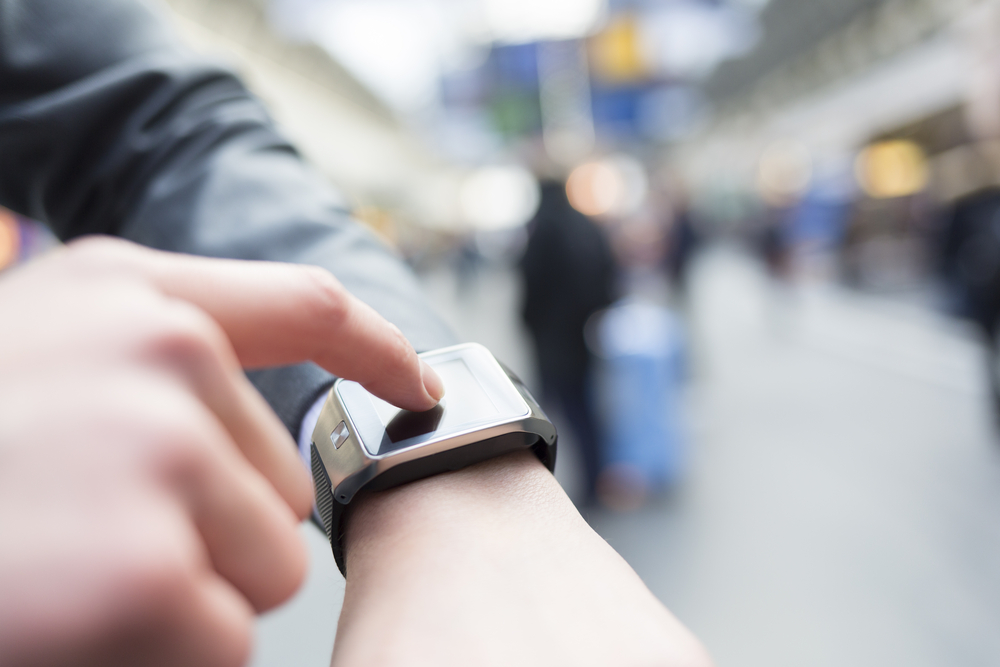A few months ago, data science consultancy Profusion conducted an experiment on itself to find out what it can learn from the data collected by wearable devices – and how this information could be applied to HR or marketing efforts.
Thirty members of staff wore a Fitbit 24 hours a day for ten days, which (along with some location, web usage and survey efforts) gathered 171 different data points per person.
Using the data harvested from wearable devices, employers could design new initiatives to improve morale, productivity and the general quality of their employees’ lives. The application of these techniques to the third sector is particularly exciting.
Wearable devices remove geographical boundaries and unite disparate workforces. Overstretched charities can instantly monitor the wellbeing of their staff even if they are spread across vast areas. The only limit is good phone or internet connections, which, thankfully, are now reaching even the most inaccessible places.
If a worker is indicating high levels of stress, a charity can intercede to help them. This will help protect the mental health of charity workers and avoid burnout.
Of course, such an approach does raise difficult ethical and strategic questions. Should workers in the third sector expect less privacy then those in the public or private sectors because of the nature of their work?
As the use of wearables in the workplace is a new concept, the rules of the game are yet to be written. Charities and NGOs will need to work hard to balance the privacy of their employees with the need to protect them.
Using a third party to act as a buffer between an employee’s personal data and the employer is a solid approach. This should mean that sensitive information is only shared in a series of predetermined scenarios to which the employee has already consented. It should also prevent misuse of personal information and the expunging of irrelevant private data.
Identifying the scenarios where wearable data can be analysed and used to help employees will ideally involve cooperation between charities and data scientists.
The faster a best practice guide can be drawn up, the quicker the sector will develop and the lower the risk of misuse or abuse of personal data. Cooperation will also have the halo of improving the application of data science techniques within the third sector.
Currently, there is little in the way of research or data into data science, wearables and the third sector, therefore it is not yet known with certainty what the hurdles are and what the best use of this technology is.
Data science is fuelled by information, testing and refinement. If charities can work together and share research and findings, wearable tech in the third sector will develop much faster.
The first step will be a charity or NGO taking a leap and deploying wearable technology en masse to its workers or people under its care, employing a team of data scientists and then acting on the findings.
When this happens, and the tangible benefits of wearable devices in the third sector are fully understood, every other charity will follow suit fast.
It’s worth remembering that this technology is relatively cheap. As more charities adopt the technology, data science techniques will become more refined and manufactures will be compelled to create bespoke devices.
Another potential benefit of wearable devices and data science is in creating a new source of information from which charities and NGOs can refine their work and secure additional funding.
If the devices were given to individuals the NGOs were providing aid to, the data could reveal compelling insights into how much it has improved lives. This data could be used as the basis of research to improve techniques or it could be used as another tool to market the work of the organisation.
Wearables also have a lot of promise in helping in a variety of disaster and emergency situations. Monitoring devices can help rescuers locate survivors, and biometric data will help with victim identification and aid in reuniting families.
Rescuers could wear Google Glasses to provide real-time visual updates to control centres on the state of infrastructure and the progress of aid efforts. Resources and the recovery strategy could be amended accordingly.
Google Glass could even help with the basic infrastructure of some charities, such as the distribution of aid packages. Workers could be given up-to-date information on where each package needs to be sent and when.
As wearable devices become cheaper, they could be distributed en masse to individuals receiving aid to provide them with vital information. For example, in remote areas where people do not have access to education, easy-to-understand signals could be sent via wearable devices, based on the wearers medical state, to inform them where and how to take medicine or vaccinations.
Wearable devices and data science hold a lot of promise for workers and recipients of aid. Although this journey is only at its beginning, simply considering the possibilities should fill the third sector with optimism.
What is needed now is for NGOs and charities to take a leap and start using data science and wearable technology on a large scale. Ideally, these organisations will work together and pool what they learn and the data they collect to help this field develop faster.
As with any nascent technology there will be a degree of trial and error before working out the best ways to use data science and smart devices. However, this technology should usher in the dawn of a brave new world for the charitable sector.
Sourced from Mike Weston, CEO, Profusion







